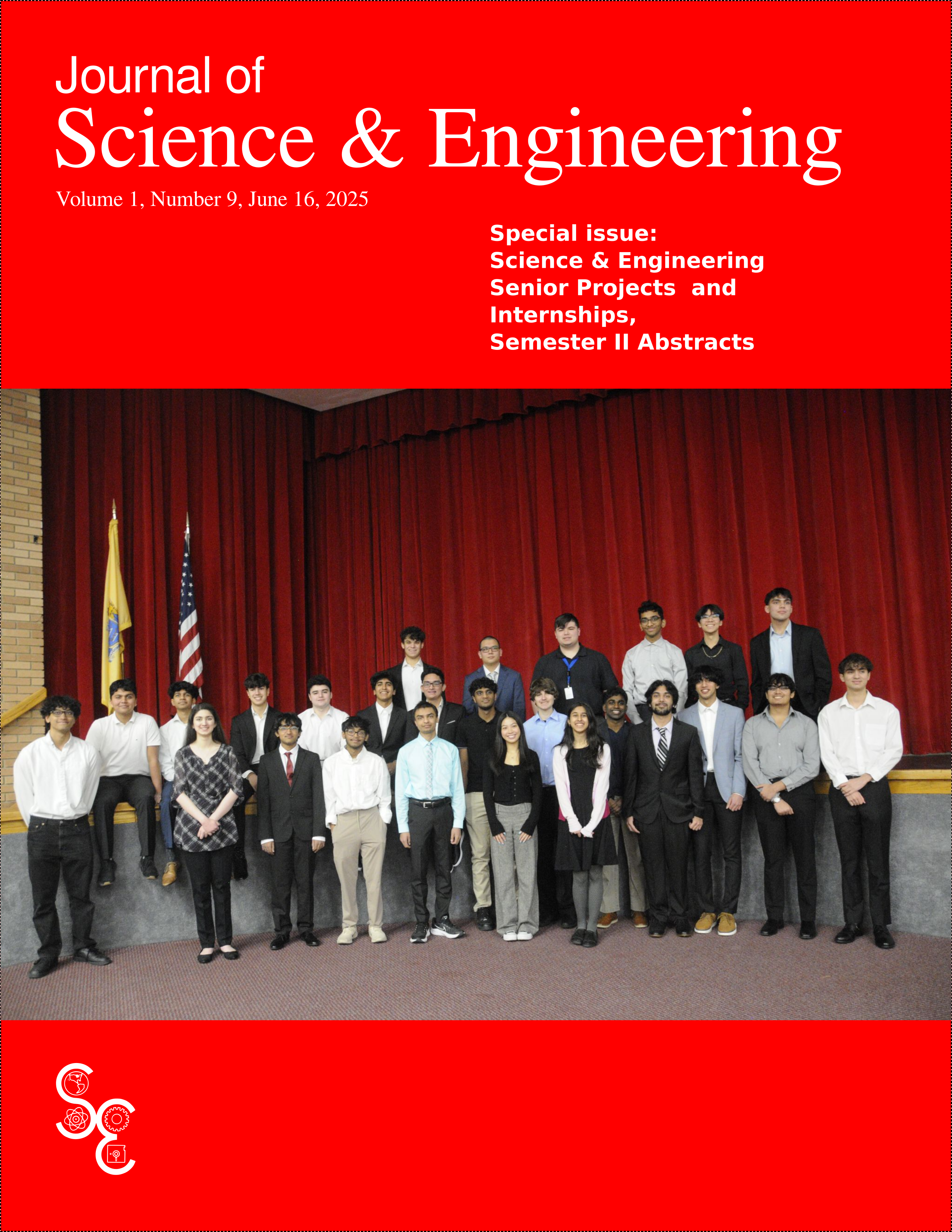Identifying data-driven trends to support research quality and insight
Keywords:
data analysis, research operations, trend identificationAbstract
During my senior internship at Columbia University Irving Medical Center, I was responsible for organizing, managing, and analyzing structured research data to support operational insights and inform decision-making. My internship emphasized key components of the data analysis pipeline, including data cleaning, normalization, integration, and exploration. I worked within a research-driven environment where identifying patterns, trends, and relationships between variables was essential to improving study outcomes and informing future protocols. A significant part of my work involved summarizing complex data in a meaningful and accessible way through visualizations, descriptive statistics, and exploratory analysis techniques. I learned how to refine large datasets, draw correlations, and develop interpretations that could influence research direction or operational improvements. My role required a strong focus on attention to detail, iterative refinement, and analytical thinking to ensure findings were both accurate and useful. In addition to the analytical aspects, I gained valuable experience in workflow optimization, data-driven problem solving, and applied research support. This internship provided a foundation in best practices for managing research data, interpreting results in a broader context, and contributing to continuous improvement in data collection and analysis strategies. This experience taught me a well rounded skill set in data literacy, strategic thinking, and evidence-based analysis within a real-world research setting.
Downloads
Published
Issue
Section
License
Copyright (c) 2025 Journal of Science & Engineering

This work is licensed under a Creative Commons Attribution-NonCommercial 4.0 International License.





